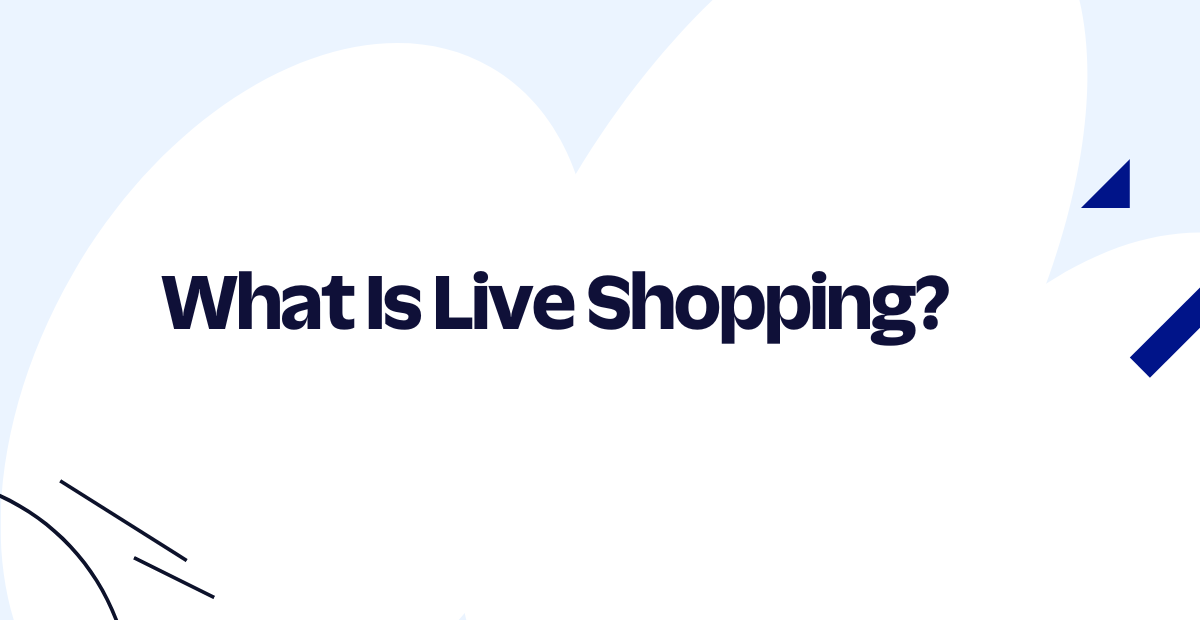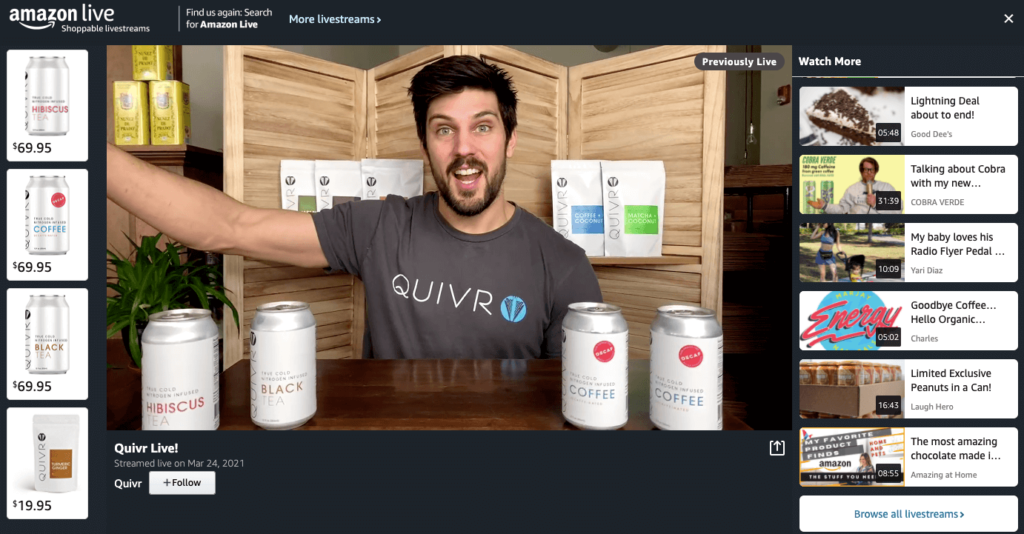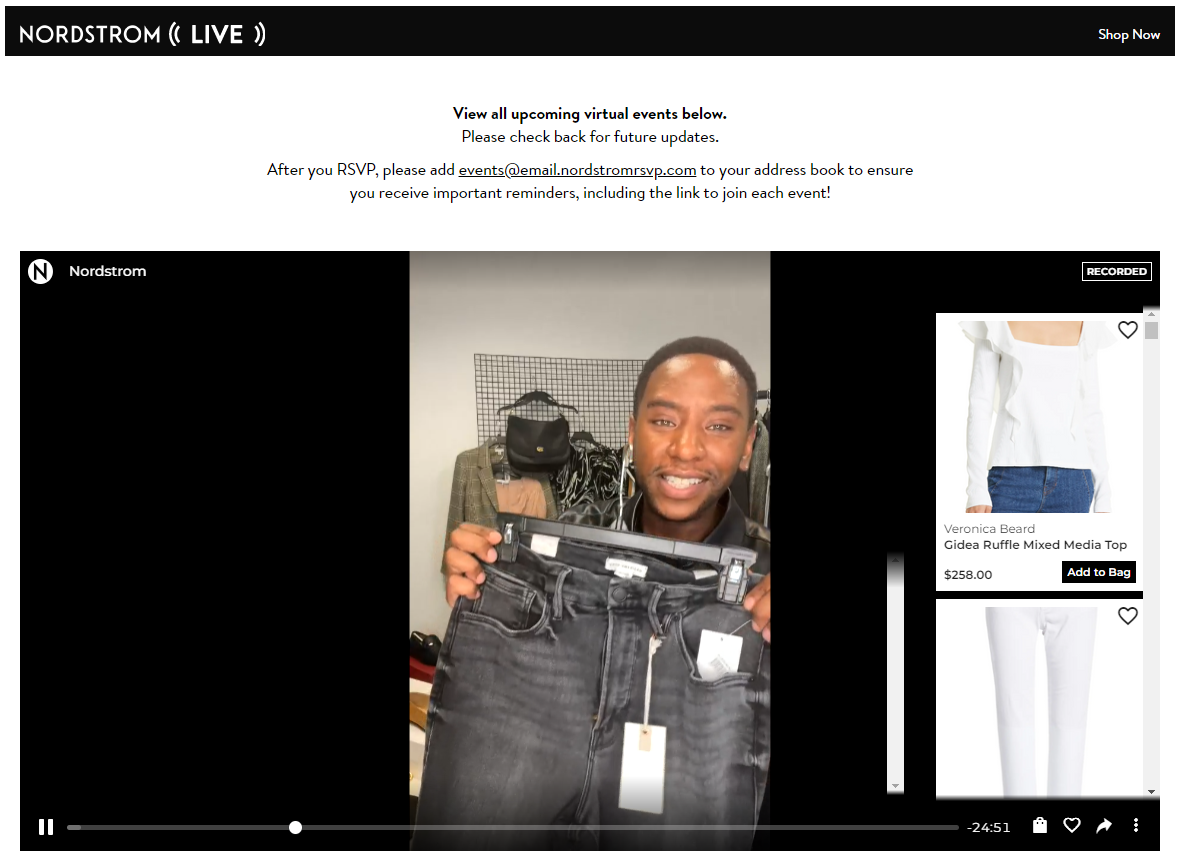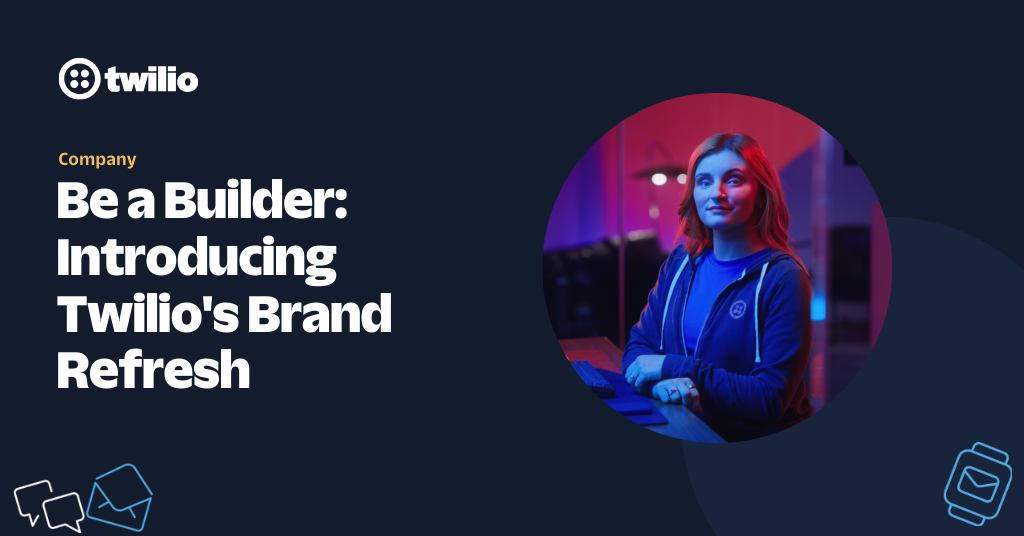What Is Live Shopping?
Time to read: 5 minutes

With live streaming technology becoming more accessible for businesses, live shopping has recently emerged as a new ecommerce for customer engagement. Unlike traditional in-person retail, live shopping is a virtual experience through a hosted live stream. Customers can view products, ask questions, and interact with the company all from home.
Although a relatively new concept in the United States (US), live shopping is already a massive industry in China, with companies doing almost $300 billion in sales through live shopping in 2021. However, recently, live shopping has steadily grown in the US, with the live shopping market reaching $11 billion in sales in 2021 and estimated to account for $35 billion in sales and 3.3% of all ecommerce in the US by 2024. If on pace with China, live shopping could be as high as 10–20% of all ecommerce sales by 2026.
Accelerated by the pandemic, live shopping was the obvious choice as companies turned virtual and consumers stayed home. However, unexpectedly, even as the pandemic slows down and retailers return in person, consumers still prefer a virtual, live shopping experience.
Below, we’ll explore some of the benefits live shopping has and look at unique examples of how businesses have already implemented live shopping.
Benefits of live shopping
The impact of live shopping can be a game changer for your business, taking your engagement and sales to the next level. Here’s how.
Increased engagement with customers
The interactive nature of live shopping allows customers to be more engaged in the shopping experience compared to traditional, on-demand retail experiences. In 2021, footwear retailer ALDO saw engagement rates of 308% and 17,000 website views during its first-ever live shopping stream.
So what’s the reason for this higher engagement rate? Live shopping allows businesses to showcase products and answer live questions while customers are in the comfort of their homes. In short, consumers can have a personalized shopping experience without having the nuances of traditional, in-person retail.
Higher conversion rates
Not only do live shopping experiences lead to higher engagement rates but also higher conversion rates. In fact, McKinsey reported that companies utilizing live shopping see a conversion rate of almost 30%—up to 10 times higher than traditional ecommerce. This is especially true for luxury goods, for which Boston Consulting Group reported average conversion rates of 70%.
The ability to create personalized interactions through live shopping with your customers leads to more confident buying and higher conversion rates.
Increased loyalty and brand awareness
Customers often feel more connected to a brand with a story behind it, but it can be difficult for businesses to tell that story. This is where live shopping can help you create the storytelling experience that helps people understand what your brand represents. During live shopping sessions, you have the unique ability to demo your products while building the narrative behind the product, creating a closer connection between your company and the customer.
When customers know the story behind your products, it creates up to an 11% increase in its perceived value. This means that customers are willing to pay more for the product or will feel more satisfied with their current purchase. Either way, it’s a win.
Lower return rates
Customers who bought products through live shopping experiences are 40% less likely to return those products compared to traditional ecommerce. As mentioned before, live shopping experiences allow you to showcase and explain your products, leading to customers who are more sure and happy about their purchasing decisions.
How brands utilize live shopping
Even though live shopping is a relatively new medium, businesses are already using it to promote products and build brand awareness creatively. Let’s take a look at some innovative examples below.
Quivr

Quivr, a beverage company started by brothers Ashley Crawford and Mukunda Feldman, has seen immense success using live shopping to promote its unique coffee and tea drinks. Crawford first started experimenting with live shopping in early 2020, primarily going live on Instagram and TikTok. However, he eventually discovered that the best platform for Quivr to do live shopping streams was Amazon Live.
After going live, Crawford would spend 30 minutes promoting the drinks, answering questions from the chat, and engaging with the viewers tuning in to learn more. In an interview with CNBC, Crawford said, “It’s like clockwork or guaranteed that if we go live and I do a show, sales [increase] for the next 24 hours by like 150%.”
Quivr shows that you don’t need anything fancy to start using live shopping for your company. All you need to bring is your camera, product, and personality.
URBN (Anthropologie and BHLDN)

URBN's brands needed a new way to supplement its in-person retail traffic when stores closed during the pandemic, so it turned to live shopping. With the help of JRNI, powered by Twilio Video, Anthropologie first experimented with personalized live shopping experiences by allowing customers to book virtual appointments for fittings, stylings, consultations, and questions. BHLDN soon followed by allowing virtual appointments for its bridal dresses.
With an engagement of over 25,000 customers, URBN saw a 25% increase in customers who made a purchase through personalized shopping experiences. However, as stores began to reopen, URBN discovered that customers still preferred and used the live shopping experience. Now, over 200 Anthropologie stores and all 22 BHLDN stores have permanent virtual teams in place continuing to take live shopping appointments.
Nordstrom

Nordstrom was one of the first major clothing retailers to utilize live shopping as a major event. It first began using live shopping in 2020, during which an associate would showcase Nordstrom’s new line of clothing, create outfits, answer questions, and interact with viewers. In March of 2021, Nordstrom launched its dedicated live shopping channel, where it would host live shopping events every several weeks.
In a press release, Nordstrom announced it hosted over 50 virtual events and officially marked its transformation into the digital world with “virtual experiences” and “digital shopping capabilities.” Nordstrom's live shopping events continue to be successful as the retail industry moves into the live streaming era.
KitKat

KitKat, unlike the previous examples, shows us how to cleverly utilize live shopping to provide unique content for your audience. When KitKat implemented a live shopping experience in its "Fill Your Break With Wonder" campaign—that included a KitKat factory tour, flavor showcases, the baking process, and new promotions—it successfully integrated live shopping into its marketing campaign.
Its live shopping stream also included a feature that directly messaged viewers about KitKat’s new promotion on Facebook. Through the campaign and live shopping experience, KitKat not only increased its brand awareness to new heights but also generated over one-third of its annual revenue.
Creating a live shopping experience
Creating your first live shopping experience should be fun and exciting for your company, but how do you get started? Check these out.
- HYPNO: Builds out personalized, at-large solutions for your business needs. With a specialty in creating large audience live streams, HYPNO is fully customizable, scalable, and able to drive sales for your business.
- JRNI: Specializes in creating intimate and engaging video experiences for businesses like URBN and Gymshark, allowing for a more personal and engaging connection with your customers.
Maxwell Xu is a Content Marketing Intern on the Strategic and Organic Content Team at Twilio. In his free time, he enjoys playing his bass guitar and using marketing as a way to tell stories.
Related Posts
Related Resources
Twilio Docs
From APIs to SDKs to sample apps
API reference documentation, SDKs, helper libraries, quickstarts, and tutorials for your language and platform.
Resource Center
The latest ebooks, industry reports, and webinars
Learn from customer engagement experts to improve your own communication.
Ahoy
Twilio's developer community hub
Best practices, code samples, and inspiration to build communications and digital engagement experiences.


